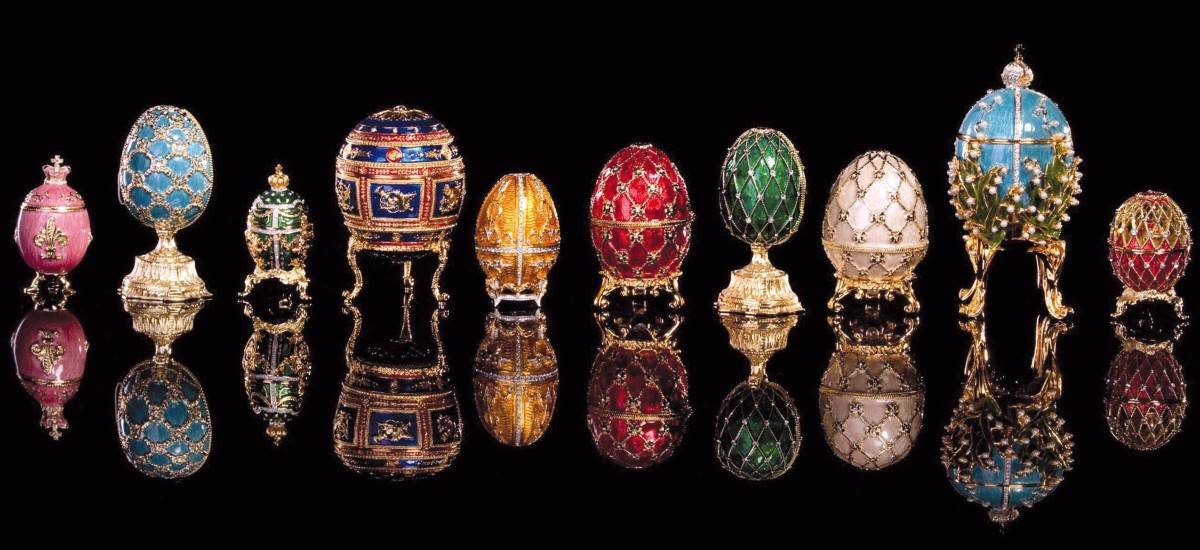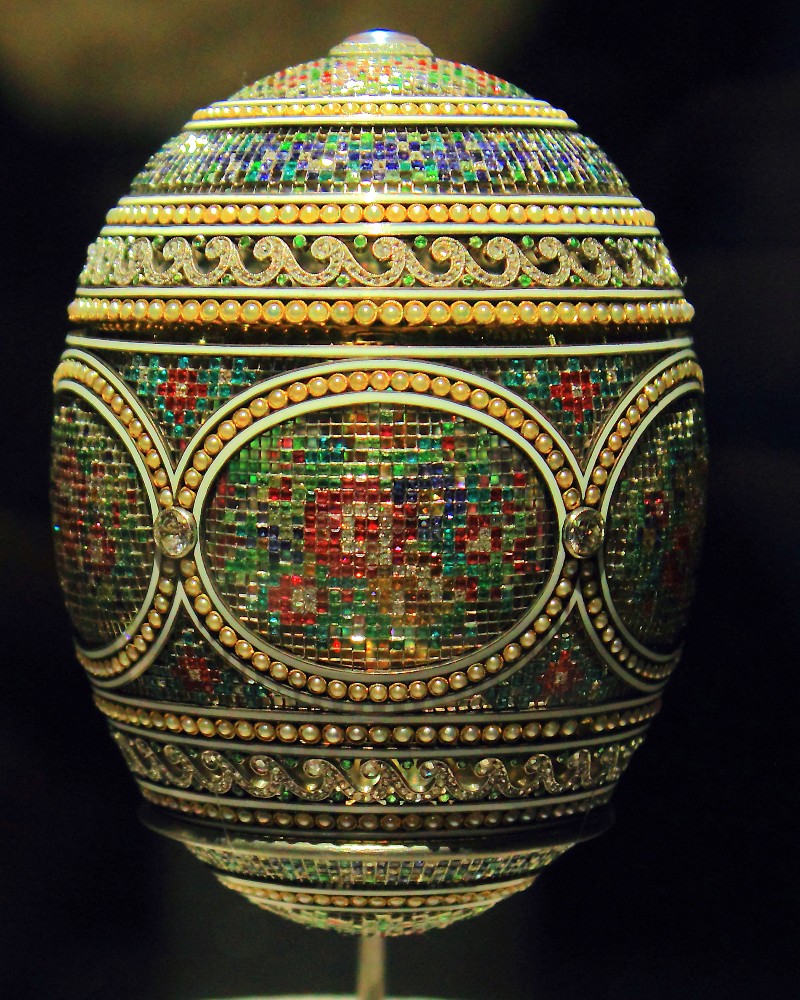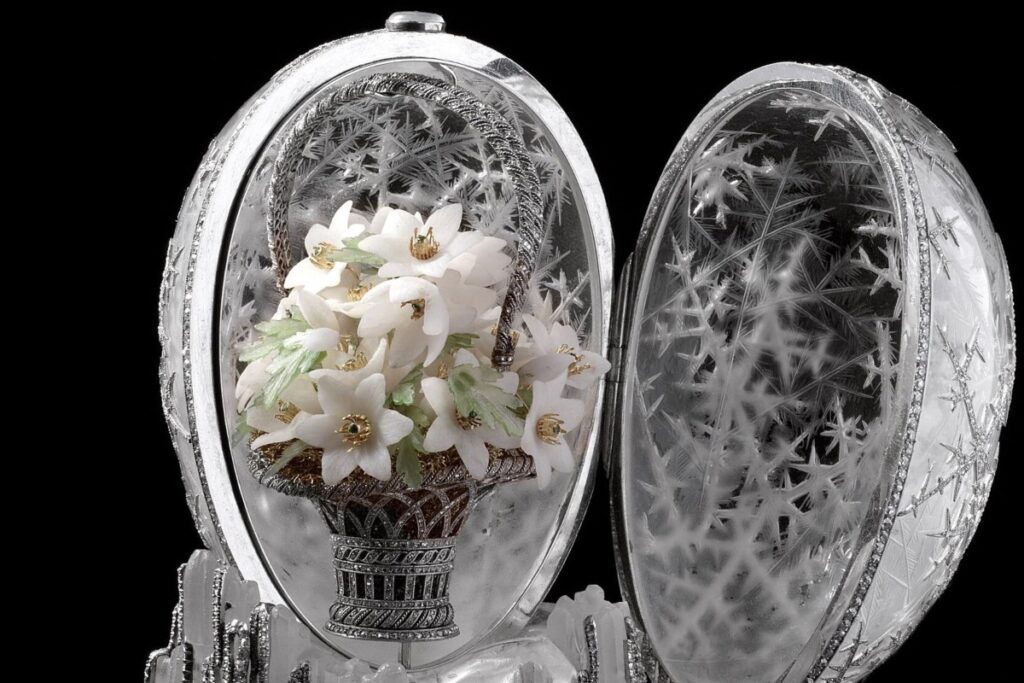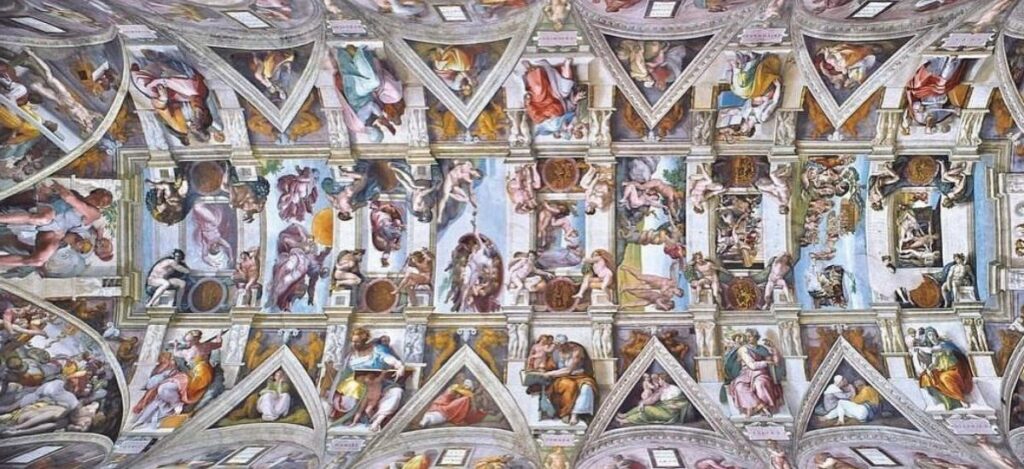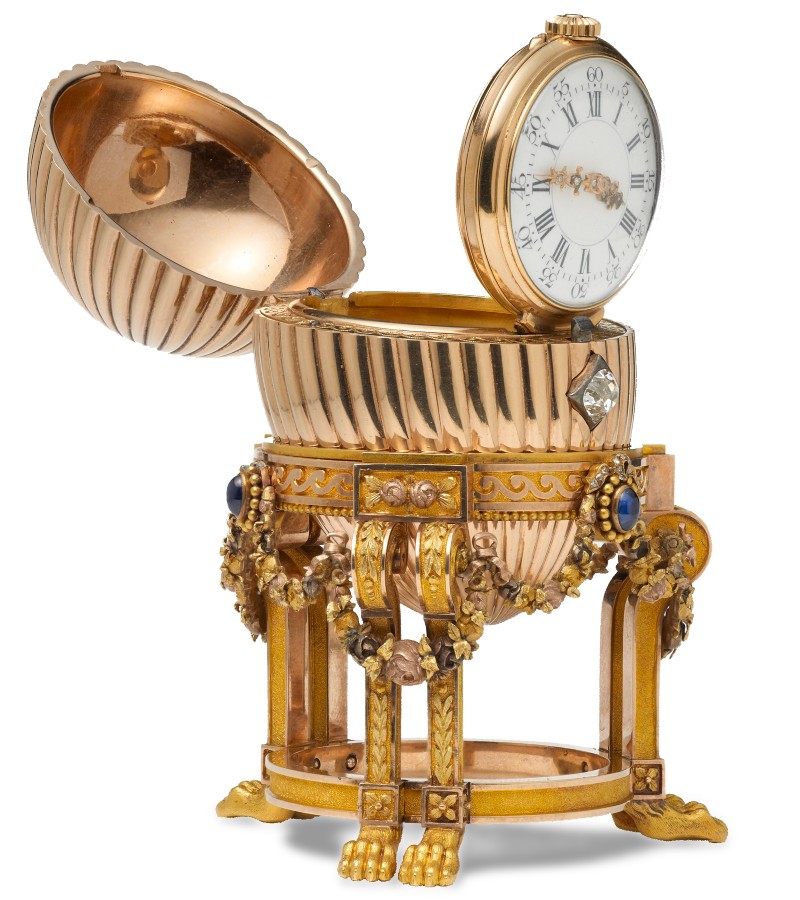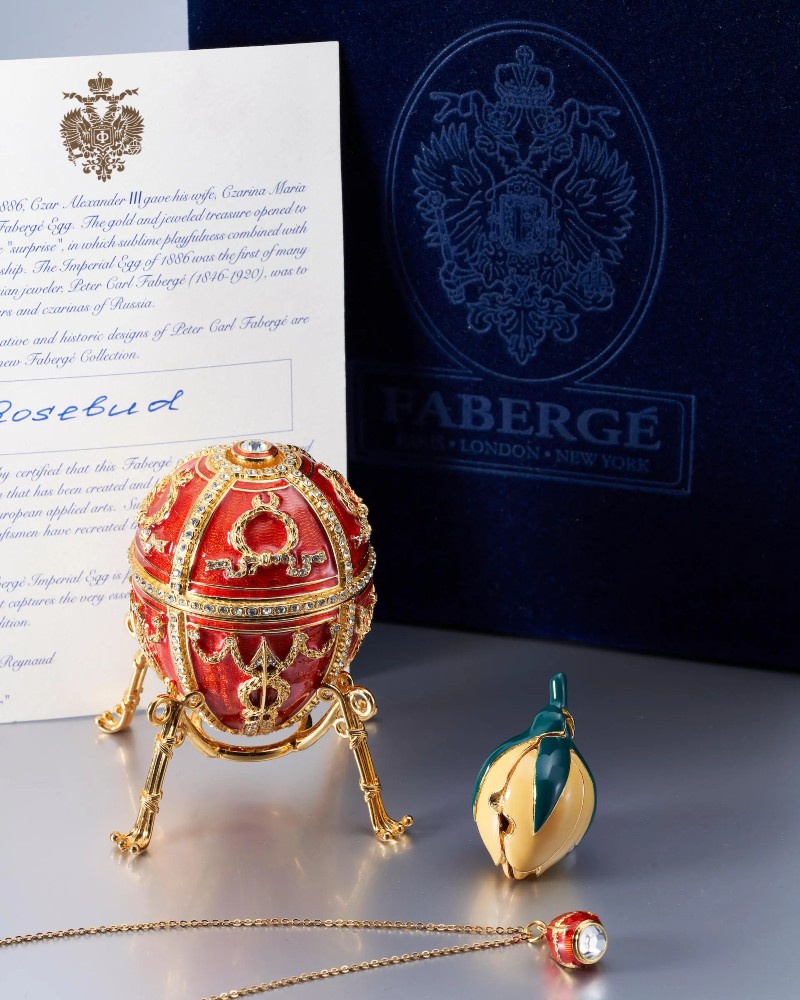Over a century ago, in 1885, Tsar Alexander III of Russia commissioned a masterwork that would become the first in a legendary series: a jeweled egg for his wife, Empress Maria Feodorovna, created by Peter Carl Fabergé.
Originally intended as a singular Easter gift, its beauty and ingenuity led the Tsar to request a new design annually—giving birth to what we now know as the renowned Fabergé eggs.

